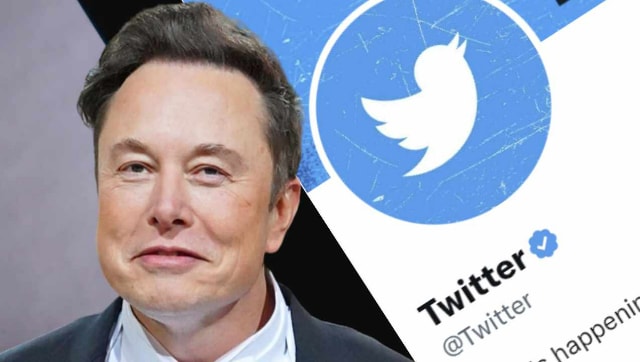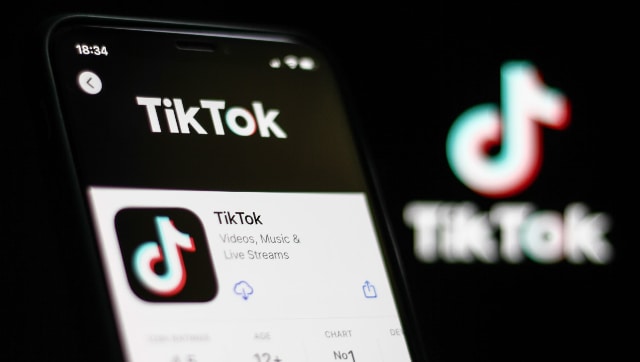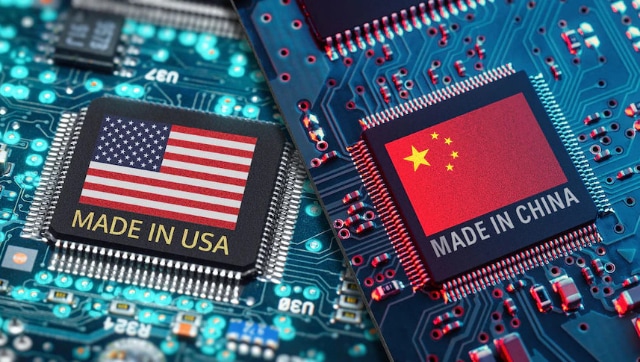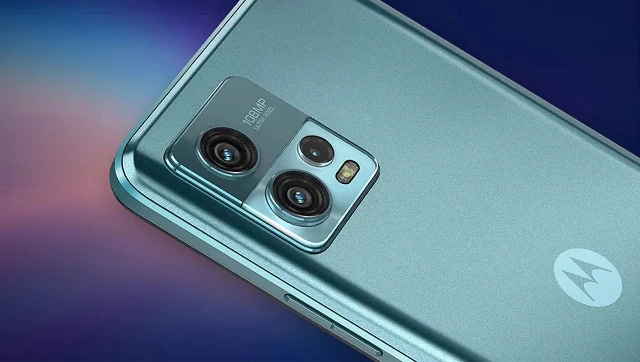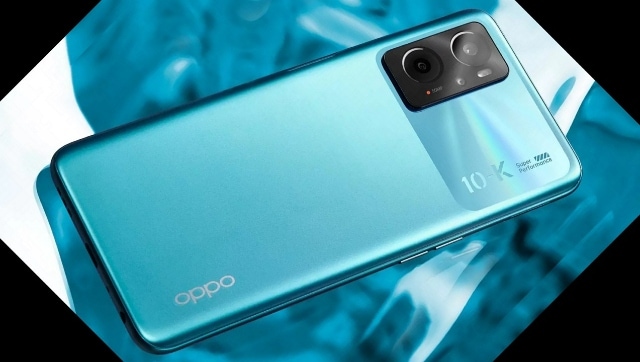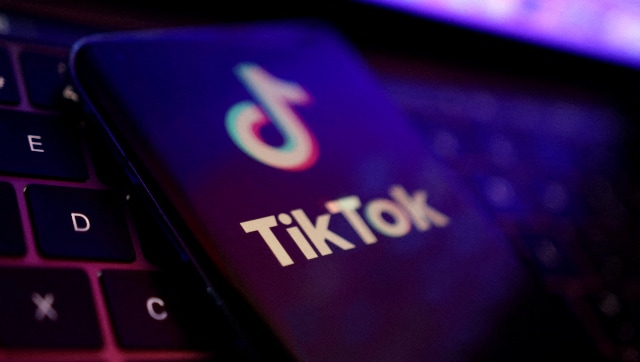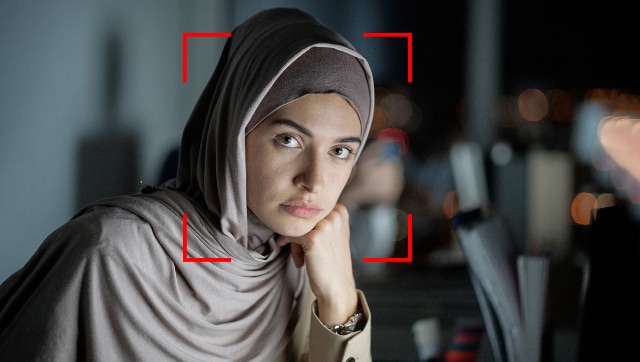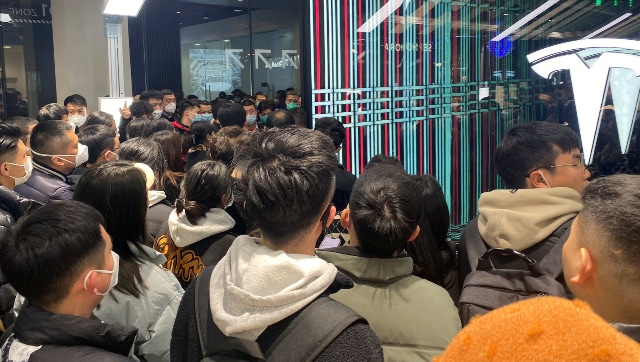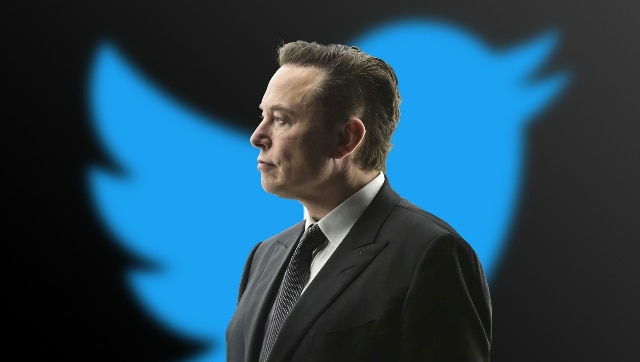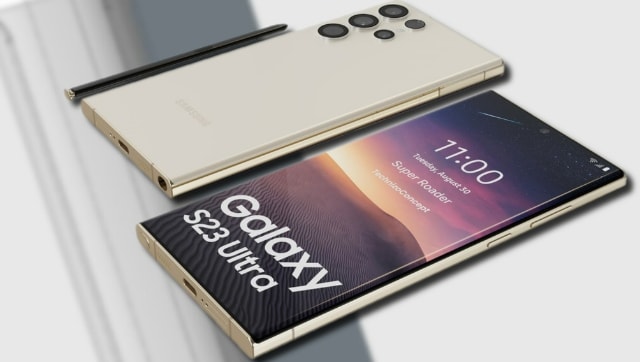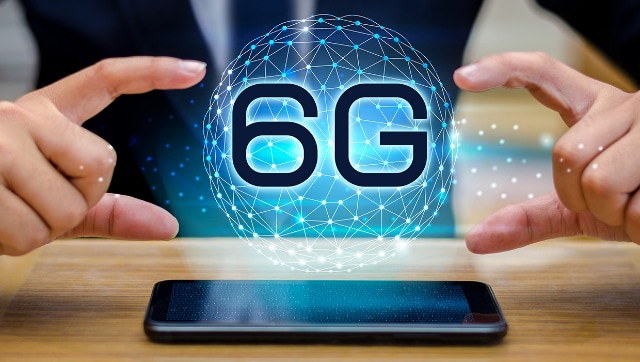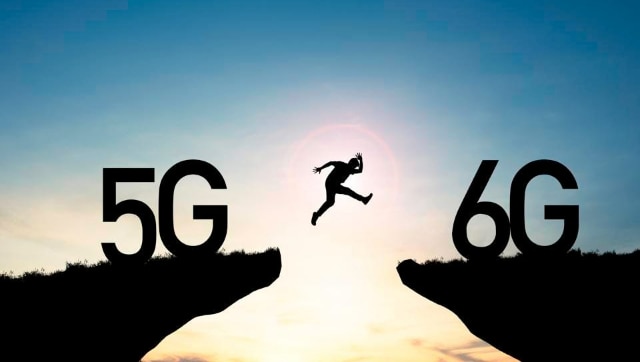Ameya DalviJan 10, 2023 19:40:08 IST
Pros:
– Pleasant sound output, custom equaliser
– Excellent build quality, comfortable in-ear fit
– Seamless Google Assistant integration
– Impressive battery backup
– Wear detection, multipoint support
– Useful companion app (finally)
Cons:
– Average ANC for the segment
– Lacks support for high-end codecs
– Pricing needs to be more competitive
Price: Rs 18,999
Rating: 3.7/5
Google launched its flagship true wireless (TWS) earbuds in India a few months ago. But it seemed far from a finished product then, especially on the software side; how ironic! The tech giant did promise a few updates in the coming months, and after a couple of them, the Google Pixel Buds Pro does feel like a good package. Having said that, given its stiff price tag, it is bound to run into some serious competition in India from the likes of Sony and Samsung. Can it outdo them or even match their performance? Let’s find out.

Image Credit: Tech2 | Ameya Dalvi
Google Pixel Buds Pro: Design and comfort (8/10)
The earbuds have an unusual design that’s hard to put in words; best to check the image below. They aren’t the most compact buds I have come across, but they do not stick out of the ears much. More importantly, they feel comfortable in the ears, offer a snug fit and do not pop out during jogs and workouts. The preinstalled medium-sized silicone ear tips worked best for me providing a good seal and passive noise isolation.
More tips of different sizes are bundled along in case medium isn’t the right fit for you. As always, we would suggest spending a few minutes choosing the right ones as it helps in achieving better noise reduction – passive as well as active. The companion app also assists you in opting for the right tips. The build quality of the Google Pixel Buds Pro is excellent for the buds and case both. The buds have a black matte finish and sizable touch zones at the back.
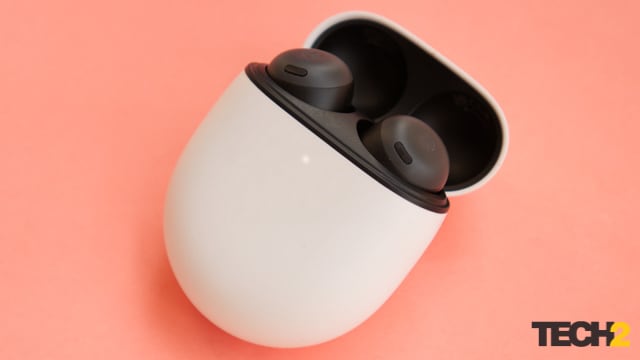
Image Credit: Tech2 | Ameya Dalvi
The case feels premium courtesy of its smooth white matte finish. You only get the Charcoal black variant of the product here, which means, you will have to make do with the black and white combo; no complaints about that. The compact case is fairly pocketable. It has a camouflaged charge indicator LED at the front, a Bluetooth pairing button back and a USB-C charging port at the bottom.
The earbuds weigh 6.2 grams each, while the charging case tilts the scale at 50 grams. Not the lightest but they don’t feel heavy either, thanks to the even weight distribution. The earbuds are IPX4 rated for sweat resistance and can be worn during workouts or jogs. Avoid using them in a drizzle though. The case has an IPX2 rating which makes it partially water-resistant from certain angles. Best to keep it away from splashes and sprays.
Google Pixel Buds Pro: Features and specifications (7.5/10)
Each earbud is fitted with an 11 mm driver and three microphones. They also have wear detection sensors to pause the audio when you remove a bud from the ear, and resume when you put it back in. Being a Google product, there is tight integration with Google Assistant. You can issue hands-free voice commands to do certain tasks or control compatible smart devices in the house. They are quite responsive just like Google Nest smart speakers.
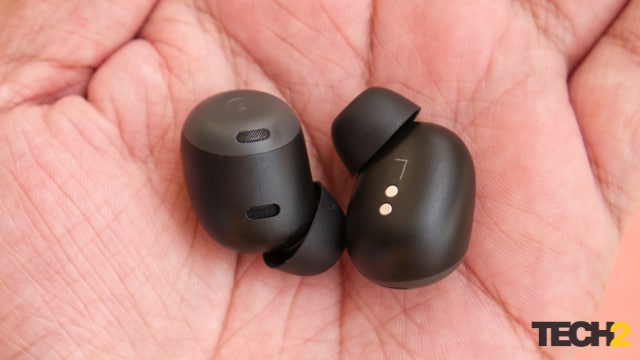
Image Credit: Tech2 | Ameya Dalvi
The codec support here is not so great. The Pixel Buds Pro are compliant with just SBC and AAC codecs over Bluetooth 5.0. That’s quite meagre for a flagship product. It is more than fair to expect support for high-end codecs like aptX HD, LDAC or LHDC, given its premium pricing. You do get multipoint support though to pair and use these earphones with two devices simultaneously.
The back of the earbuds is touch-enabled and accepts single tap, double tap and triple tap gestures to perform multiple tasks. Even better, you can also use a slide gesture to increase or decrease the volume; something I would like to see in most midrange and high-end earbuds going ahead. The Pixel Buds app (on Android only for now) lets you assign a couple of functions to certain gestures, but one cannot completely alter the default controls.
The biggest addition to the app is sound tweaks, which was missing at launch. The app offers you a bunch of sound presets as well as a 5-band equaliser to create your custom preset. Instead of a frequency value for each band, Google has opted for names like Upper treble, Treble, Mid, Bass and Low bass that each of the bands actually alter. This is a simple but excellent approach as most people do not know what the number actually signifies.
Google Pixel Buds Pro: Performance (7/10)
The wireless range is perfectly fine with a stable connection at 10 metres with a clear line of sight between the buds and the source device. There weren’t any latency issues either with no lag between the picture and sound when streaming videos. ANC and Transparency modes are available here, but their performance is average for the segment. The ANC successfully filters low frequency sounds like the hum of an AC or the buzz outdoors, but it is nowhere as good as what you get on the Sony WF-1000XM4.
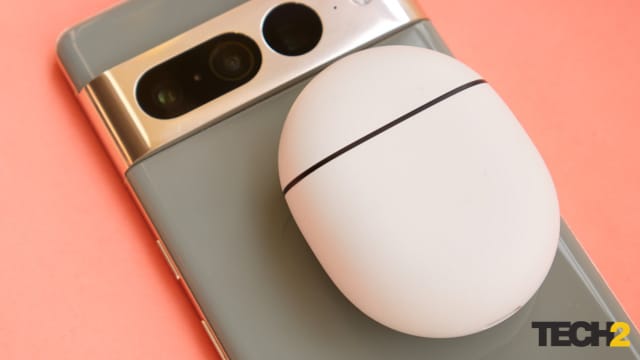
Image Credit: Tech2 | Ameya Dalvi
As for Transparency mode, the ambient sounds feel natural but not loud enough, especially the voices when outdoors. Often I had to remove a bud from the ear to hear the person clearly. Moving on to sound quality, the Pixel Buds Pro offers a reasonably balanced and enjoyable sound output across various genres of music. But the detail in audio is a couple of notches below other stalwarts in this price range like the Sony WF-1000XM4 and Samsung Galaxy Buds 2 Pro.
Broadly speaking, these earbuds deliver a V-shaped sound with boosted lows and high. No, not as distinctly V-shaped as what you get in earbuds priced under Rs 5,000. The level of resolved detail is also significantly better than those, but we expect better given that these buds are priced close to 20K. Despite the boost, the bass is tight and punchy and does not excessively overshadow the mids. There is a bit of masking of the lower mids, but the vocals are quite sharp here.
The highs have a good amount of sparkle and are tempered just right to not sound sibilant. The soundstage is reasonably broad with a good sense of space, and the imaging is good too. It’s just the finer details in sound where it comes short, and that may be due to the limited wireless bandwidth available here because of unavailability of a superior codec. Despite that, these earphones produce a likeable output. And as I mentioned earlier, you also get a 5-band equaliser to tweak the sound further to suit your taste.
Google Pixel Buds Pro: Call quality (7/10)
The call quality of the Pixel Buds Pro is above average but nothing special. The person on call was clearly audible, and the person did not face much trouble trying to hear what I had to say. But the transmitted voice sounds a bit soft, and could have used a bit more sharpness or amplification for a better calling experience. It may be a result of an aggressive ENC algorithm. The ENC does work well in noisy areas, and the microphones manage to keep the ambient noise at bay without negatively impacting the conversation.
Google Pixel Buds Pro: Battery life (8/10)
The battery backup of the Pixel Buds Pro is quite good. Google states figures of 7 hours for the buds and additional 13 hours with the charging case with ANC on. And the estimates are fairly accurate. During the test process, the buds lasted a little under 7 hours at 70% loudness with ANC switched on all the time. With the additional juice from the case that could recharge the buds almost twice over, the overall battery backup figure was close to 19 hours with ANC on; again, not far from Google’s estimate.
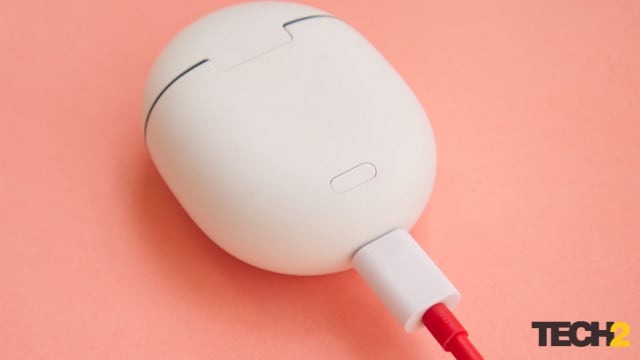
Image Credit: Tech2 | Ameya Dalvi
Without ANC, the company claims that buds can go on for 11 hours on a full charge and for about 30 hours with the case. Though I did not put that claim to test, going by its battery performance with ANC on, you should easily get 10 hours for the buds and 28 hours overall without ANC, which is impressive. The case can be charged using a standard USB-C charger, and it supports wireless charging too with Qi-certified chargers. Fast charging is available as well, with 5 minutes of charge providing you with an hour of play time with ANC on. That’s not chart-topping but more than handy.
Google Pixel Buds Pro: Price and verdict
The Google Pixel Buds Pro can be purchased for Rs 18,999 in India with a one year warranty. Given the competition in the segment in India, we feel Google should have priced it a bit more competitively. In terms of pure sound quality and ANC, the offerings from Sony and Samsung are clearly ahead. The Pixel Buds Pro does offer tight integration with Google Assistant, and with other smart products from the company. Other things in favour of these buds are excellent build quality, good battery backup and a 5-band equaliser to customise the sound.
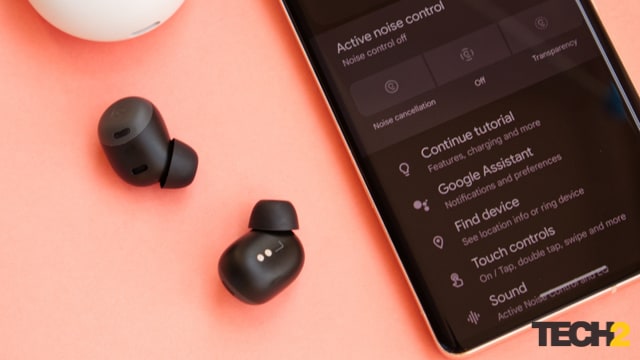
Image Credit: Tech2 | Ameya Dalvi
As for alternatives, our top two picks of 2022 under Rs 20,000 are hard to beat. The Sony WF-1000XM4 offers clean and detailed sound output along with the best ANC under 20K. The Samsung Galaxy Buds 2 Pro is not far behind in terms of sound quality and ANC, and if you use a Samsung phone or plan to, you can unlock some of its more premium features too. As of now, it would be hard to recommend the Pixel Buds Pro over those two. However, if its price drops under 15K, it would be an interesting option.
